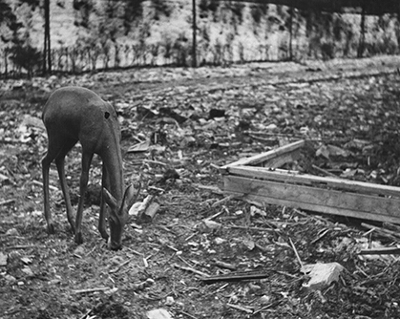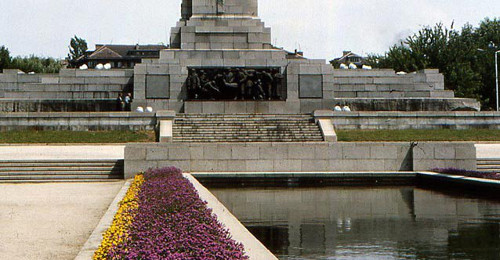Knyazheska Gradina

The institution of the Zoological Gardens in Sofia is closely tied to the election of Ferdinand I as Prince of Bulgaria in 1887. The monarch’s passion for natural sciences was well known and the inaugural gifts included quite a few animals, which the prince initially kept at the Vrana Palace’s park. Before long, it was clear the park was too small to accommodate the budding zoological collection. By the end of 1887, a decree of Prince Ferdinand I designated a lot – part of Knyazheska Gradina (Royal Garden) – for the construction of a Royal Zoological Garden, designed by the municipal landscape architect Karl Betz, who also supervised the construction works. Completed in 1890, the new enclosures received their first occupants – primarily birds, but also otters, wild goats, deer, llamas. The growing collection of the Zoo resulted in the constant addition of new structures, gazebos and ponds. Just six years after its establishment, the Zoo cared for 1384 animals of 266 species, and the number continued to rise fast. Based on the design of the Bulgarian architect Stanislavov, in 1929 was completed the elephant enclosure, transforming the Royal Zoological Gardens into a modern European park, receiving hundreds of thousands of visitors annually.

The final years of the Second World War put much strain on the maintenance of the Zoo’s operations – especially on its provisioning. Zoo-keepers were forced to forage the ruins of the bombed city for horses, oxen or other carcasses, to feed the surviving predators. When meat was in short supply, they resorted to shooting the resident herbivores.
On March 30, 1944, the air raids on the capital did not spare the Zoo. Six direct hits wreaked colossal devastation. The monkey shelter and several other structures for the animals were destroyed. The cages of the wetland birds were shredded. The administrative building with the library and registrars was burnt to the ground. The entire site was rutted and studded by huge bomb craters. Zookeepers searched the ruins of the city, trying to capture the escaped monkeys.

Despite the damage, the Zoo survived the war. The ruins were cleared and new buildings were raised in the place of the destroyed. The monumental architectural concept for post-war Sofia, however, precluded a Zoo at the heart of the city.
In 1966, a blueprint for a new space for the Sofia Zoological Gardens, close to Vitosha Mountain was approved. Animals were relocated in 1984, when the Zoo opened doors at the new address. From the old Zoo remained the buildings of the bear and elephant shelters – of irrefutable architectural importance. These too were demolished subsequently.